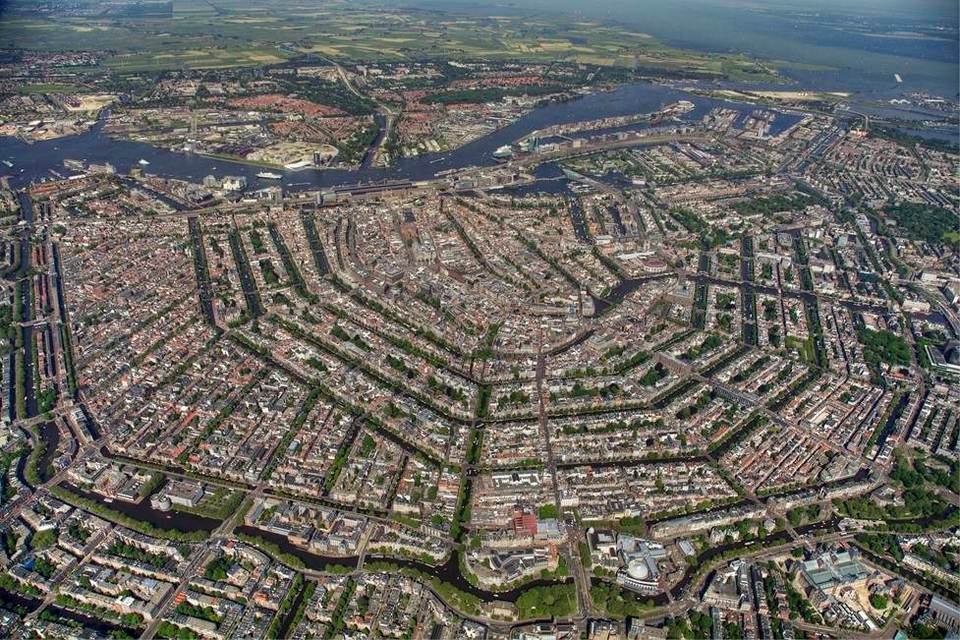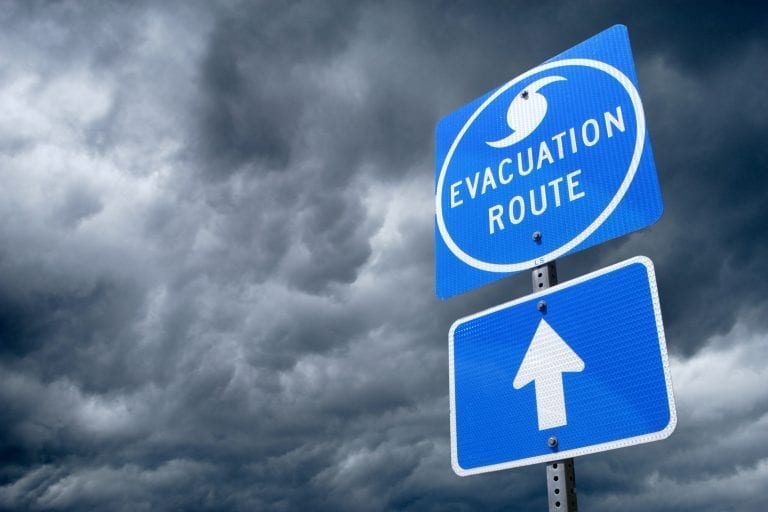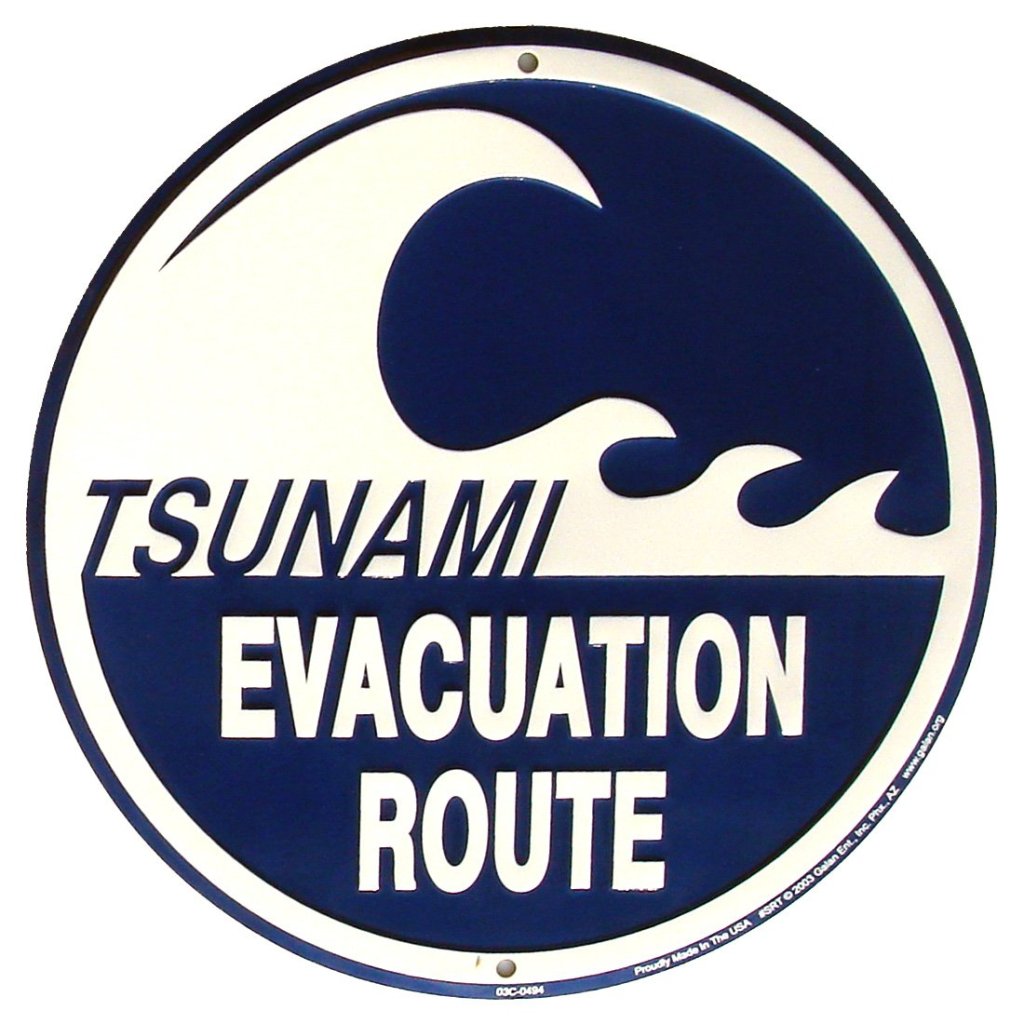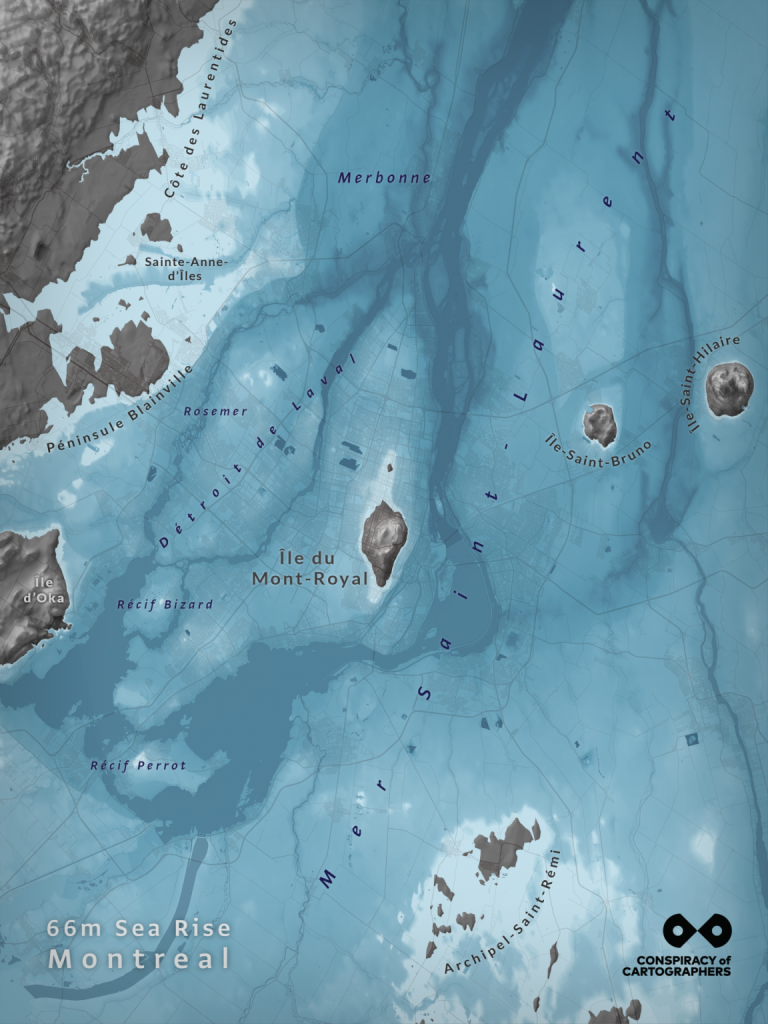The following list identifies those urban core cities which occupy all or part of multiple islands. The islands included are only those within the city limits, not the entire metropolitan area and may be natural or artificial islands, as well as inhabited or vacant.

Cities occupying a series of islands have unique planning and infrastructure requirements due to the fragmentation of the city by its water resources. This includes the need for and upkeep of its bridges, canals, or causeways, as well as underground/water utilities and other municipal infrastructure. In addition, for those located on a coastline, salt water can present special problems that do not occur with freshwater, such as corrosion and potential intrusion in to drinking water sources.
Some of these cities also lie within hurricane or typhoon zones which adds another critical dimension to their planning responsibilities –evacuation routing during weather emergencies. Similarly, some of those cities occupying an archipelago can face risks from tsunamis.


Generally, urban archipelagoes are among the most susceptible to extreme tidal and rainfall events, storm surges, and rising sea levels from climate change. As a result, a number of these cities are at the forefront of battling Mother Nature — Venice, Amsterdam, and Miami being among them.
But, if we really want to be serious about protecting urban archipelagoes and other places susceptible to climate change, we need to boldly change our individual and collective ways by reducing our carbon footprint across the board, not just when it is easy or convenient. This includes voting for those politicians who acknowledge the existence of climate change and don’t play ostrich with the facts by sticking their head in the ground — hear that Florida and Texas?
In a worse case scenario, cities much further inland could see dramatic impacts if the ice caps were to completely melt. The image below shows Montreal completely under water (except the top of Mont Royal), if a full melting of the ice caps were to take place.

Below is the list of the largest urban archipelagoes compiled to date. As is evident from the list, some of the planet’s most populous urban agglomerations are included — Tokyo, Jakarta, Mumbai, and New York City for example. As always, feel free to pass along additional examples of urban archipelagoes. The current minimum number of islands for inclusion is six.
Peace!
*Please note, if it was difficult to determine whether islands were in the city limits of not, the city was not included in the list until accurate number could be verified.*

_______
- Jakarta, Indonesia = 342 islands
- Helsinki, Finland = 315 islands
- Dubai, UAE = 267 islands (all artificial)
- Hong Kong, China = 263 islands
- Venice, Italy = 118 islands
- Amsterdam, Netherlands = 90 islands
- St. Petersburg, Florida, USA = 54 islands
- Singapore, Singapore = 53 islands
- Rio de Janeiro, Brazil = 43 islands
- New York City, New York, USA = 41 islands
- St. Petersburg, Russia = 33 islands
- Shanghai, China = 21 islands
- Miami, Florida, USA = 18 islands
- Tokyo, Japan = 17 islands
- Toronto, ON, Canada = 15 islands
- Key West, Florida, USA = 15 islands
- Stockholm, Sweden = 14 islands
- Sydney, NSW, Australia = 8 islands
- Marseille, France = 7 islands
- Montreal, QC, Canada = 6 islands
- Mumbai, India = 6 islands – though at one time there were more
- Antwerp, Belgium = 6 islands
SOURCES:
- https://en.wikipedia.org/wiki/List_of_smaller_islands_in_New_York_City
- perplexity.ai.com
- https://www.dailyscandinavian.com/the-14-islands-of-the-swedish-capital/
- https://en.wikipedia.org/wiki/Boroughs_of_Montreal
- https://en.wikipedia.org/wiki/List_of_islands_of_Singapore
- https://en.wikipedia.org/wiki/List_of_islands_and_peninsulas_of_Hong_Kong
- https://en.wikipedia.org/wiki/Toronto_Islands
- https://www.randymajors.org/city-limits-on-google-maps?x=-80.1837751&y=25.7674567&cx=-80.1885174&cy=25.8373689&zoom=13&fips=12086&labels=show&counties=show&cities=show
- https://www.rbth.com/travel/335339-petersburg-33-islands
- https://egis.stpete.org/portal/apps/webappviewer/index.html?id=f0ff270cad0940a2879b38e955319dfa
- https://www.britannica.com/place/Amsterdam
- https://en.wikipedia.org/wiki/Key_West#/media/File:Image-Key-west-map.gif
- https://www.travelandleisure.com/trip-ideas/island-vacations/dubai-man-made-islands-facts
- https://upload.wikimedia.org/wikipedia/commons/2/2c/Antwerpen_Districts.png
- https://www.marseille-tourisme.com/en/discover-marseille/nature/the-calanques-of-marseille/which-calanques-to-discover/le-parc-national-des-calanques/the-islands-of-frioul-and-chateau-dif-if-castle/
- https://cartesmurales.fr/wp-content/uploads/2017/02/Carte-Helsinki-centre-ville.jpg
- https://www.worldatlas.com/articles/how-many-islands-does-venice-have.html
- https://dailyhive.com/montreal/quebec-sea-level-rise-map
